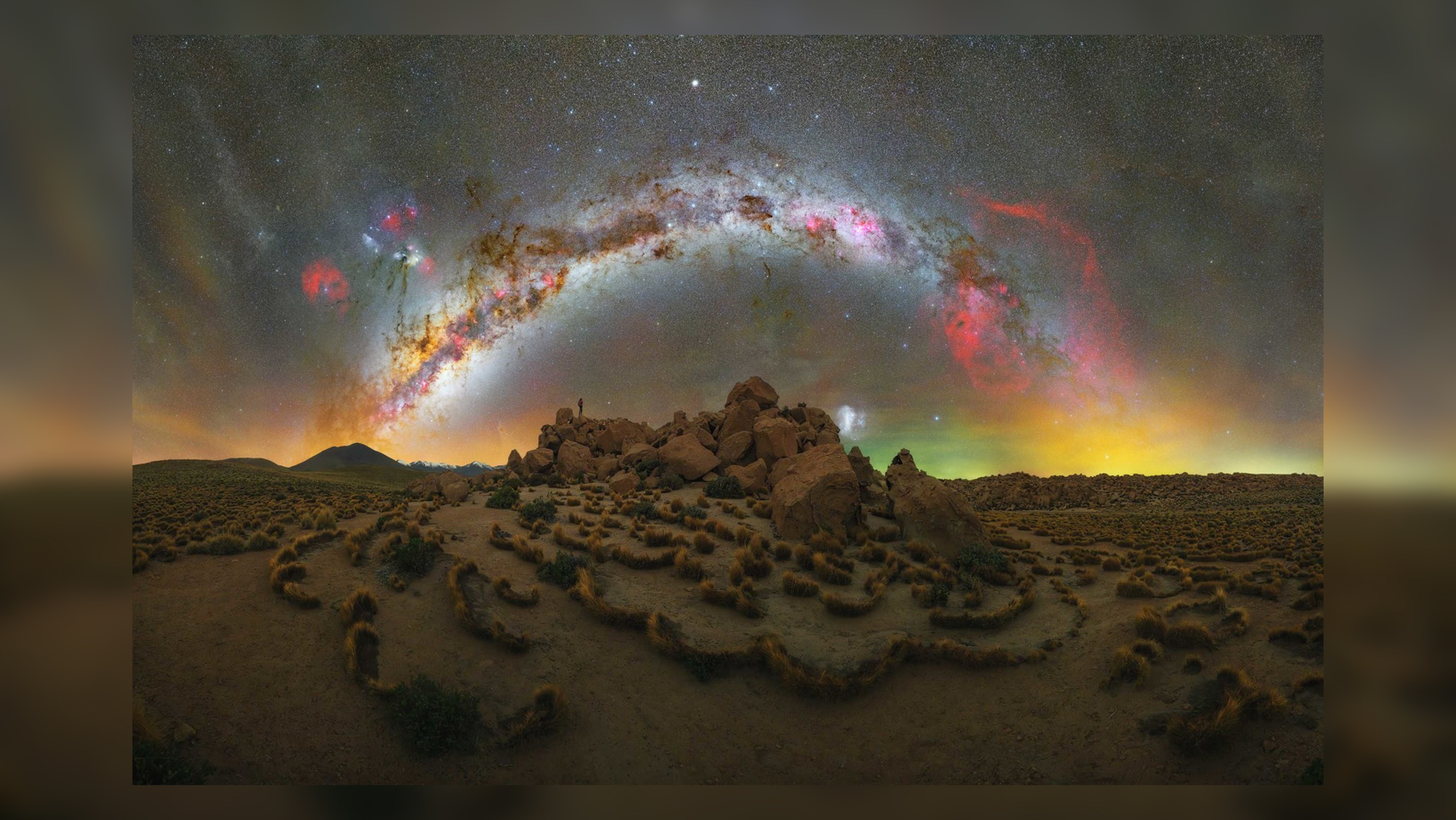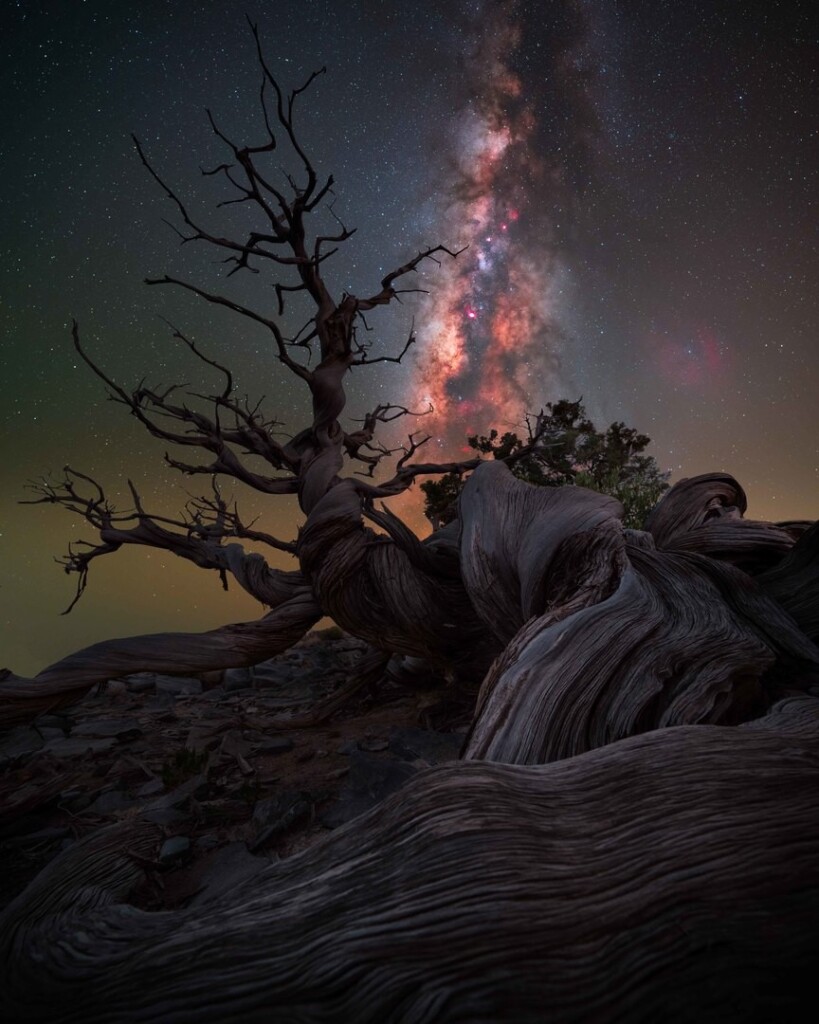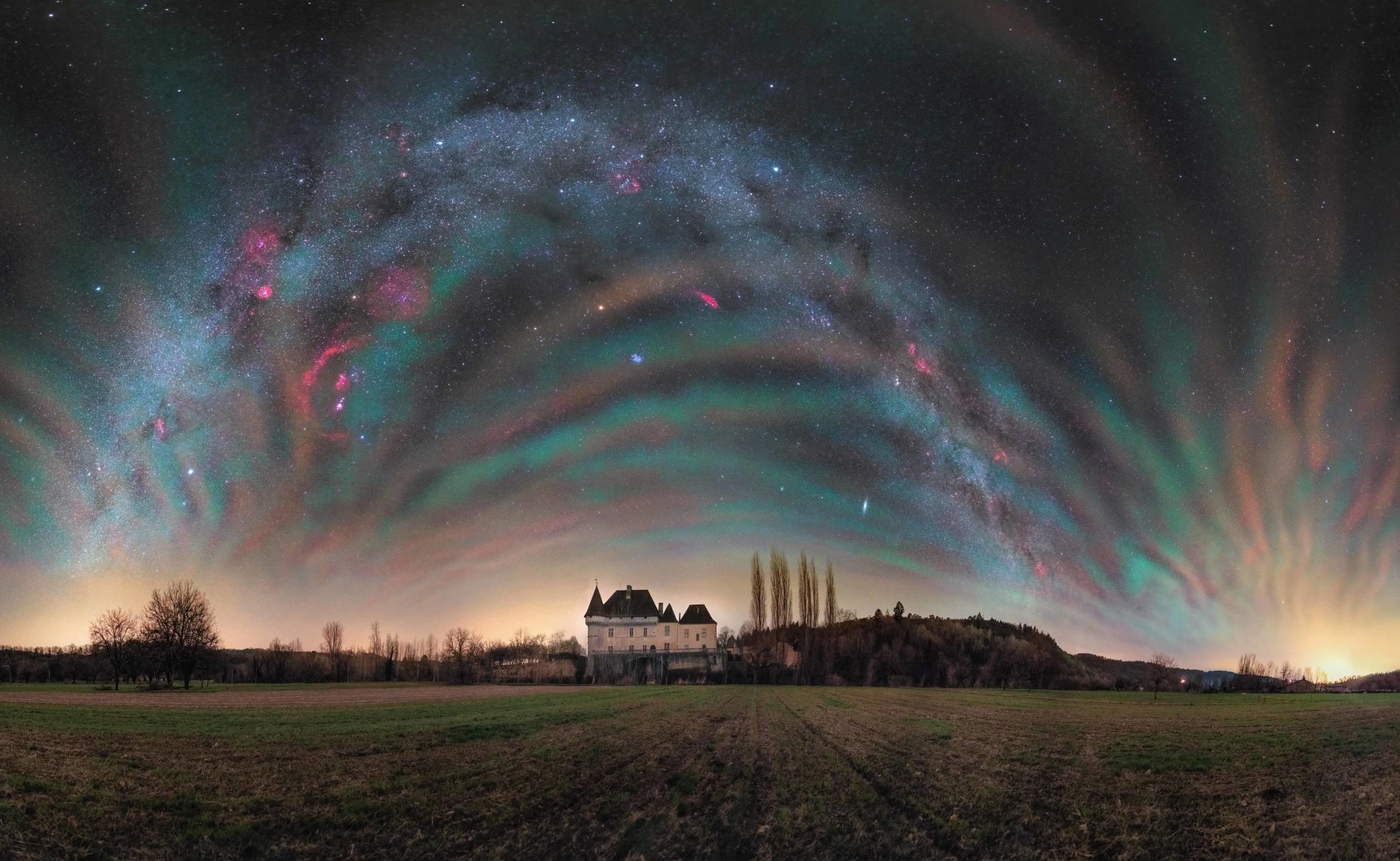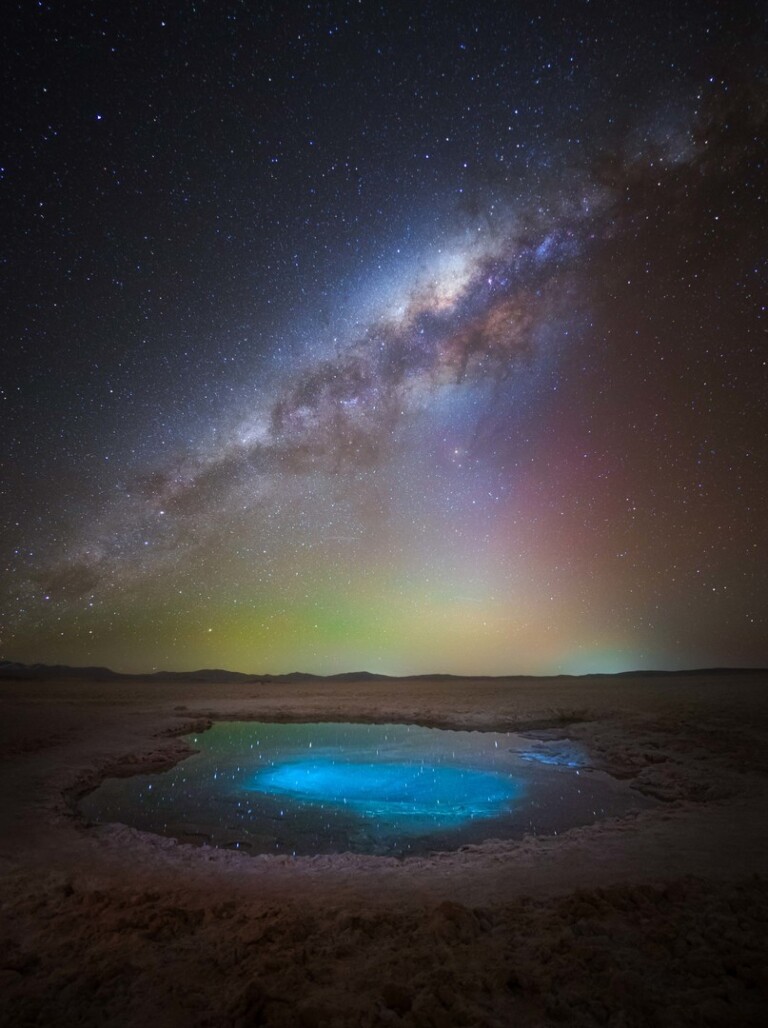Stunning winners of 2024 Milky Way Photographer of the Year are out of this world!
The competition received over 5,000 entries, and has recognized 25 winners from 15 countries around the globe

Travel photography website Capture the Atlas has revealed the winners of its seventh annual Milky Way Photographer of the Year collection.
Editor-in-chief at Capture the Atlas, Dan Zafra, chose 25 winning photographs out of 5,000 entries. The winners range from 15 countries across the world including the US, Chile, Argentina, Australia, Oman and Jordan.
The Milky Way is 50,000 light years across and is an enormous collection of over one billion stars, dust and gas. It’s called a spiral galaxy because if you were to view it from the top or bottom, it would look like a spinning pinwheel.
At one end of the galaxy is the Sun, which is about 25,000 light years away from the center of the Milky Way. The speed of light is 300,000 kilometers (186,000 miles) per second, it would still take 25,000 years to reach the middle of the Milky Way.
Our main image at the top was taken by Lorenzo Ranieri in the Atacama Desert in Chile. The photograph is a panorama consisting of several shots… The sky portion is composed of images taken with a Sony 35mm lens with exposures of 30s @ f/2, ISO 6400; the images have been tracked and stacked for noise reduction.
The foreground is a panorama taken with a Sony 14mm lens with a 25s at f/2.2, ISO 8000, exposure focus stacked and stacked for noise reduction.
Ranieri said:
The best camera deals, reviews, product advice, and unmissable photography news, direct to your inbox!
“Spending the night there was admittedly a bit nerve-wracking, but the opportunity to photograph such beauty made it worthwhile. The Milky Way’s arch, in all its splendor, rises above the pristine landscape, creating a truly mesmerizing scene.”
Here are some of my other favorite winners from the Milky Way Photographer of the Year awards…

“Mother Juniper” was taken by Benjamin Barakat at the impressive Jebel Shams mountain, Oman. The foreground was shot using a Sony A7 IV, with an exposure os 120secs at f/3.2 ISO 400, with the sky being shot with shot using a Sony 12-24mm f/2.8.
Barakat said:
“I found myself beneath the juniper’s boughs, gazing up at the cosmic dance above, capturing its essence in the stillness of the night.”

“Atmospheric Fireworks” was taken by Julien Looten in Dordogne, France.
The stunning image of a chateau under the Milky Way consists of 40 images across a 180 degree panorama showcasing the galactic arc, with 13 seconds per exposure.
Capturing the image took an hour of exposure time using a specially-modified Canon 6D Astrodon and a Sigma 28mm f/1.4 lens.
Looten said:
Last winter, I ventured to the foot of a medieval castle in France to capture the Milky Way’s “winter” arc. Alongside the stunning celestial vault, an exceptional airglow illuminated the sky, resembling multicolored clouds. This natural phenomenon occurs due to a chemical reaction in the upper atmosphere, emitting a faint light known as chemiluminescence.

“The Celestial Symphony Above a High Desert Lagoon” by Kerry-Ann Lecky Hepburn was also taken in the Atacama Desert, Chile.
Kerry-Anne Lecky Hepburn managed to capture this beautiful image in a single 25-second exposure taken with her modified Canon R6 at ISO 6400, using her Sigma 15mm f/2.8 fisheye lens.
She said:
“One night, we embarked on an eerie 40-minute trek in the dark along a salt trail to photograph the Milky Way and one of several lagoons in the high elevations of the Atacama Desert. At 15,000 feet, it was easy to get out of breath while walking across this rugged terrain with camera gear. Originally planned for daylight hours, we postponed the hike due to fierce winds. During the day, the lagoons typically appear bright blue with the sun shining high in the sky. To replicate this effect at night, we used a flashlight to cast a beam across the tranquil waters during a long exposure, resulting in a surreal and mesmerizing scene.”
Check out our guide to the best cameras for astrophotography, and the best lenses to capture the Milky Way.
We've also got all the information you need about the best low light cameras in 2024.

After graduating from Cardiff University with an Master's Degree in Journalism, Media and Communications Leonie developed a love of photography after taking a year out to travel around the world.
While visiting countries such as Mongolia, Kazakhstan, Bangladesh and Ukraine with her trusty Nikon, Leonie learned how to capture the beauty of these inspiring places, and her photography has accompanied her various freelance travel features.
As well as travel photography Leonie also has a passion for wildlife photography both in the UK and abroad.
